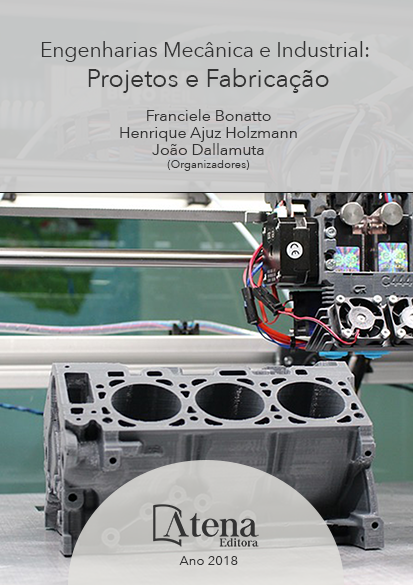
ANÁLISE DE VIBRAÇÕES MECÂNICAS NO MOTOR DO CARRO ARRANCADA
Nos últimos anos, as análises de
vibrações estão sendo amplamente utilizadas
para a diminuição ou neutralização das vibrações
estruturais, com aplicações nas engenharias
mecânica, civil, naval e aeroespacial. Nos
automóveis, as maiores fontes de vibrações
e ruídos são produzidas pelas forças devido
à combustão e as forças mecânicas. Essas
forças ocorrem numa ampla faixa de frequência
e são transmitidas para a superfície externa
do motor através de diversos caminhos, um
deles é através do mecanismo pistão-bielavirabrequim-
bloco do motor. Como resultado da
atuação destas forças, as superfícies externas
do motor ficam sujeitas a vibrações de diversas
amplitudes. Para a análise da condição de
funcionamento de qualquer equipamento,
devem ser medidas e registradas vibrações em
cada uma das extremidades ou apoios. Este
artigo tem como objetivo analisar as vibrações
e tentar controlar através dos resultados
obtidos em experimentos no carro “arrancada”
da UEMA. Esperando-se com isso determinar
e conhecer as principais fontes excitadoras de
vibrações no motor do carro, para que através de
outros meios como por exemplo, Absorvedores
Dinâmicos de Vibrações ou Amortecedores de
Massa Ativa, possamos diminuir as vibrações
de maiores amplitudes existentes.
ANÁLISE DE VIBRAÇÕES MECÂNICAS NO MOTOR DO CARRO ARRANCADA
-
DOI: atena
-
Palavras-chave: Vibrações, Motor, sensores
-
Keywords: Vibrations, engine, sensors.
-
Abstract:
In recent years, analyzes the
vibrations are being widely used to reduce
structural vibrations or neutralization, with
applications in mechanical engineering, civil,
aerospace and shipbuilding. And in automobiles,
the largest sources of vibration and noise are
produced by forces due to combustion and
mechanical forces. These forces occur in a
wide frequency range and are passed to the
external surface of the motor through multiple
paths; one mechanism is through the piston -
rod - crankshaft - the engine block. As a result
of the action of these forces, the engine outer
surfaces are subjected to vibrations of various
amplitudes. For analyzing the operating status of
any equipment, shall be measured and recorded
vibrations at each of the ends or support, with
the aid of sensors, and programming Arduino
board. This article aims to analyze the vibrations and try to control through the results
obtained in experiments in the car “rush” of UEMA. Waiting with it determine and meet
the main excitatory sources of vibration in a car engine so that through other means
such as Dynamic Vibration Absorbers or active mass damper can reduce the larger
amplitudes existing vibrations.
-
Número de páginas: 15
- Higor Leandro Veiga da Silva
- Paulo Rutemberg Madeira Santos


